alexschi
195 posts
Latest Posts by alexschi

Parker Solar Probe is Go for Launch
Tomorrow, Aug. 11, we’re launching a spacecraft to touch the Sun.

The first chance to launch Parker Solar Probe is 3:33 a.m. EDT on Aug. 11 from Space Launch Complex 37 at Cape Canaveral Air Force Station in Florida. Launch coverage on NASA TV starts at 3 a.m. EDT at nasa.gov/live.
After launch, Parker Solar Probe begins its daring journey to the Sun’s atmosphere, or corona, going closer to the Sun than any spacecraft in history and facing brutal heat and radiation.
Though Parker Solar Probe weighs a mere 1,400 pounds — pretty light for a spacecraft — it’s launching aboard one of the world’s most powerful rockets, a United Launch Alliance Delta IV Heavy with a third stage added.

Even though you might think the Sun’s massive means things would just fall into it, it’s surprisingly difficult to actually go there. Any object leaving Earth starts off traveling at about 67,000 miles per hour, same as Earth — and most of that is in a sideways direction, so you have to shed most of that sideways speed to make it to the Sun. All that means that it takes 55 times more launch energy to go to the Sun than it does to go to Mars. On top of its powerful launch vehicle, Parker Solar Probe will use seven Venus gravity assists to shed sideways speed.
Even though Parker Solar Probe will lose a lot of sideways speed, it’ll still be going incredibly fast as its orbit draws closer to the Sun throughout its seven-year mission. At its fastest, Parker Solar Probe will travel at 430,000 miles per hour — fast enough to get from Philadelphia to Washington, D.C. in one second — setting the record for the fastest spacecraft in history.

But the real challenge was to keep the spacecraft from frying once it got there.
We’ve always wanted to send a mission to the corona, but we literally haven’t had the technology that can protect a spacecraft and its instruments from its scorching heat. Only recent advances have enabled engineers to build a heat shield that will protect the spacecraft on this journey of extremes — a tricky feat that requires withstanding the Sun’s intense radiation on the front and staying cool at the back, so the spacecraft and instruments can work properly.

The 4.5-inches-thick heat shield is built like a sandwich. There’s a thin layer of carbon material like you might find in your golf clubs or tennis rackets, carbon foam, and then another thin piece of carbon-carbon on the back. Even while the Sun-facing side broils at 2,500 degrees Fahrenheit, the back of the shield will remain a balmy 85 degrees — just above room temperature. There are so few particles in this region that it’s a vacuum, so blocking the Sun’s radiation goes a long way towards keeping the spacecraft cool.
Parker Solar Probe is also our first mission to be named after a living individual: Dr. Eugene Parker, famed solar physicist who in 1958 first predicted the existence of the solar wind.

“Solar wind” is what Dr. Parker dubbed the stream of charged particles that flows constantly from the Sun, bathing Earth and our entire solar system in the Sun’s magnetic fields. Parker Solar Probe’s flight right through the corona allows it to observe the birth of the very solar wind that Dr. Parker predicted, right as it speeds up and over the speed of sound.

The corona is where solar material is heated to millions of degrees and where the most extreme eruptions on the Sun occur, like solar flares and coronal mass ejections, which fling particles out to space at incredible speeds near the speed of light. These explosions can also spark space weather storms near Earth that can endanger satellites and astronauts, disrupt radio communications and, at their most severe, trigger power outages.

Thanks to Parker Solar Probe’s landmark mission, solar scientists will be able to see the objects of their study up close and personal for the very first time.
Up until now, all of our studies of the corona have been remote — that is, taken from a distance, rather than at the mysterious region itself. Scientists have been very creative to glean as much as possible from their remote data, but there’s nothing like actually sending a probe to the corona to see what’s going on.

And scientists aren’t the only ones along for the adventure — Parker Solar Probe holds a microchip carrying the names of more than 1.1 million people who signed up to send their name to the Sun. This summer, these names and 1,400 pounds of science equipment begin their journey to the center of our solar system.
Three months later in November 2018, Parker Solar Probe makes its first close approach to the Sun, and in December, it will send back the data. The corona is one of the last places in the solar system where no spacecraft has visited before; each observation Parker Solar Probe makes is a potential discovery.
Stay tuned — Parker Solar Probe is about to take flight.
Keep up with the latest on the mission at nasa.gov/solarprobe or follow us on Twitter and Facebook.
Make sure to follow us on Tumblr for your regular dose of space: http://nasa.tumblr.com.
Two Steps Forward in the Search for Life on Mars
We haven’t found aliens but we are a little further along in our search for life on Mars thanks to two recent discoveries from our Curiosity Rover.

We detected organic molecules at the harsh surface of Mars! And what’s important about this is we now have a lot more certainty that there’s organic molecules preserved at the surface of Mars. We didn’t know that before.
One of the discoveries is we found organic molecules just beneath the surface of Mars in 3 billion-year-old sedimentary rocks.

Second, we’ve found seasonal variations in methane levels in the atmosphere over 3 Mars years (nearly 6 Earth years). These two discoveries increase the chances that the record of habitability and potential life has been preserved on the Red Planet despite extremely harsh conditions on the surface.

Both discoveries were made by our chem lab that rides aboard the Curiosity rover on Mars.

Here’s an image from when we installed the SAM lab on the rover. SAM stands for “Sample Analysis at Mars” and SAM did two things on Mars for this discovery.
One - it tested Martian rocks. After the arm selects a sample of pulverized rock, it heats up that sample and sends that gas into the chamber, where the electron stream breaks up the chemicals so they can be analyzed.
What SAM found are fragments of large organic molecules preserved in ancient rocks which we think come from the bottom of an ancient Martian lake. These organic molecules are made up of carbon and hydrogen, and can include other elements like nitrogen and oxygen. That’s a possible indicator of ancient life…although non-biological processes can make organic molecules, too.
The other action SAM did was ‘sniff’ the air.

When it did that, it detected methane in the air. And for the first time, we saw a repeatable pattern of methane in the Martian atmosphere. The methane peaked in the warm, summer months, and then dropped in the cooler, winter months.

On Earth, 90 percent of methane is produced by biology, so we have to consider the possibility that Martian methane could be produced by life under the surface. But it also could be produced by non-biological sources. Right now, we don’t know, so we need to keep studying the Mars!

One of our upcoming Martian missions is the InSight lander. InSight, short for Interior Exploration using Seismic Investigations, Geodesy and Heat Transport, is a Mars lander designed to give the Red Planet its first thorough checkup since it formed 4.5 billion years ago. It is the first outer space robotic explorer to study in-depth the “inner space” of Mars: its crust, mantle, and core.
Finding methane in the atmosphere and ancient carbon preserved on the surface gives scientists confidence that our Mars 2020 rover and ESA’s (European Space Agency’s) ExoMars rover will find even more organics, both on the surface and in the shallow subsurface.
Read the full release on today’s announcement HERE.
Make sure to follow us on Tumblr for your regular dose of space: http://nasa.tumblr.com.










Above it all

Science-Heavy SpaceX Dragon Headed to Space Station
Heads up: a new batch of science is headed to the International Space Station aboard the SpaceX Dragon on April 2, 2018. Launching from Florida’s Cape Canaveral Air Force Station atop a Falcon 9 rocket, this fire breathing (well, kinda…) spacecraft will deliver science that studies thunderstorms on Earth, space gardening, potential pathogens in space, new ways to patch up wounds and more.

Let’s break down some of that super cool science heading 250 miles above Earth to the orbiting laboratory:
Sprites and Elves in Space
Atmosphere-Space Interactions Monitor (ASIM) experiment will survey severe thunderstorms in Earth’s atmosphere and upper-atmospheric lightning, or transient luminous events.

These include sprites, flashes caused by electrical break-down in the mesosphere; the blue jet, a discharge from cloud tops upward into the stratosphere; and ELVES, concentric rings of emissions caused by an electromagnetic pulse in the ionosphere.
Here’s a graphic showing the layers of the atmosphere for reference:

Metal Powder Fabrication
Our Sample Cartridge Assembly (MSL SCA-GEDS-German) experiment will determine underlying scientific principles for a fabrication process known as liquid phase sintering, in microgravity and Earth-gravity conditions.

Science term of the day: Liquid phase sintering works like building a sandcastle with just-wet-enough sand; heating a powder forms interparticle bonds and formation of a liquid phase accelerates this solidification, creating a rigid structure. But in microgravity, settling of powder grains does not occur and larger pores form, creating more porous and distorted samples than Earth-based sintering.
Sintering has many applications on Earth, including metal cutting tools, automotive engine connecting rods, and self-lubricating bearings. It has potential as a way to perform in-space fabrication and repair, such as building structures on the moon or creating replacement parts during extraterrestrial exploration.
Plants in space! It’s l[a]unch time!
Understanding how plants respond to microgravity and demonstrating reliable vegetable production in space represent important steps toward the goal of growing food for future long-duration missions. The Veggie Passive Orbital Nutrient Delivery System (Veggie PONDS) experiment will test a passive nutrient delivery system in the station’s Veggie plant growth facility by cultivating lettuce and mizuna greens for harvest and consumption on orbit.
The PONDS design features low mass and low maintenance, requires no additional energy, and interfaces with the Veggie hardware, accommodating a variety of plant types and growth media.

Quick Science Tip: Download the Plant Growth App to grow your own veggies in space! Apple users can download the app HERE! Android users click HERE!
Testing Materials in Space
The Materials ISS Experiment Flight Facility (MISSE-FF) experiment will provide a unique platform for testing how materials, coatings and components react in the harsh environment of space.

A continuation of a previous experiment, this version’s new design eliminates the need for astronauts to perform spacewalks for these investigations. New technology includes power and data collection options and the ability to take pictures of each sample on a monthly basis, or more often if required. The testing benefits a variety of industries, including automotive, aeronautics, energy, space, and transportation.
New Ways to Develop Drugs in Space

Microgravity affects movement and effectiveness of drugs in unique ways. Microgravity studies already have resulted in innovative medicines to treat cancer, for example. The Metabolic Tracking investigation determines the possibility of developing improved drugs in microgravity, using a new method to test the metabolic impacts of drug compounds. This could lead to more effective, less expensive drugs.
Follow @ISS_Research on Twitter for your daily dose of nerdy, spacey goodness.
Make sure to follow us on Tumblr for your regular dose of space: http://nasa.tumblr.com.








Fractals are amazing. They are in our very veins, and if we look hard enough, we will begin to see for ourselves that they exist all around us.
Science-Heavy SpaceX Dragon Headed to Space Station
Heads up: a new batch of science is headed to the International Space Station aboard the SpaceX Dragon on April 2, 2018. Launching from Florida’s Cape Canaveral Air Force Station atop a Falcon 9 rocket, this fire breathing (well, kinda…) spacecraft will deliver science that studies thunderstorms on Earth, space gardening, potential pathogens in space, new ways to patch up wounds and more.

Let’s break down some of that super cool science heading 250 miles above Earth to the orbiting laboratory:
Sprites and Elves in Space
Atmosphere-Space Interactions Monitor (ASIM) experiment will survey severe thunderstorms in Earth’s atmosphere and upper-atmospheric lightning, or transient luminous events.

These include sprites, flashes caused by electrical break-down in the mesosphere; the blue jet, a discharge from cloud tops upward into the stratosphere; and ELVES, concentric rings of emissions caused by an electromagnetic pulse in the ionosphere.
Here’s a graphic showing the layers of the atmosphere for reference:

Metal Powder Fabrication
Our Sample Cartridge Assembly (MSL SCA-GEDS-German) experiment will determine underlying scientific principles for a fabrication process known as liquid phase sintering, in microgravity and Earth-gravity conditions.

Science term of the day: Liquid phase sintering works like building a sandcastle with just-wet-enough sand; heating a powder forms interparticle bonds and formation of a liquid phase accelerates this solidification, creating a rigid structure. But in microgravity, settling of powder grains does not occur and larger pores form, creating more porous and distorted samples than Earth-based sintering.
Sintering has many applications on Earth, including metal cutting tools, automotive engine connecting rods, and self-lubricating bearings. It has potential as a way to perform in-space fabrication and repair, such as building structures on the moon or creating replacement parts during extraterrestrial exploration.
Plants in space! It’s l[a]unch time!
Understanding how plants respond to microgravity and demonstrating reliable vegetable production in space represent important steps toward the goal of growing food for future long-duration missions. The Veggie Passive Orbital Nutrient Delivery System (Veggie PONDS) experiment will test a passive nutrient delivery system in the station’s Veggie plant growth facility by cultivating lettuce and mizuna greens for harvest and consumption on orbit.
The PONDS design features low mass and low maintenance, requires no additional energy, and interfaces with the Veggie hardware, accommodating a variety of plant types and growth media.

Quick Science Tip: Download the Plant Growth App to grow your own veggies in space! Apple users can download the app HERE! Android users click HERE!
Testing Materials in Space
The Materials ISS Experiment Flight Facility (MISSE-FF) experiment will provide a unique platform for testing how materials, coatings and components react in the harsh environment of space.

A continuation of a previous experiment, this version’s new design eliminates the need for astronauts to perform spacewalks for these investigations. New technology includes power and data collection options and the ability to take pictures of each sample on a monthly basis, or more often if required. The testing benefits a variety of industries, including automotive, aeronautics, energy, space, and transportation.
New Ways to Develop Drugs in Space

Microgravity affects movement and effectiveness of drugs in unique ways. Microgravity studies already have resulted in innovative medicines to treat cancer, for example. The Metabolic Tracking investigation determines the possibility of developing improved drugs in microgravity, using a new method to test the metabolic impacts of drug compounds. This could lead to more effective, less expensive drugs.
Follow @ISS_Research on Twitter for your daily dose of nerdy, spacey goodness.
Make sure to follow us on Tumblr for your regular dose of space: http://nasa.tumblr.com.

Per concludere la serata in bellezza, ecco a voi una splendida immagine del David. . 📷 foto di @emme_tti . . #michelangelobuonarroti #michelangelobuonarrotietornato #art #renaissance #Michelangelo #galleriadellaccademia #arte #scultura #marble #Firenze #florence #david #madeinitaly #blackandwhite (presso Galleria dell'Accademia)

Niklas Söderlund

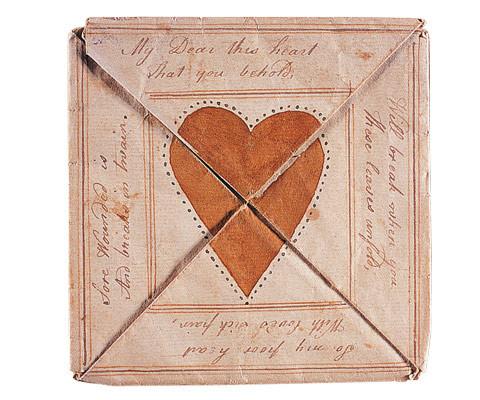










Sarreyer Cabin by Rapin Saiz Architects

Art, books, flowers


Happy Int'l Women’s Day to all the vamps and flappers out there!
In the photo: actress, producer, director, and writer Mary Pickford at the camera in the 1910s.
Hey archy do you have any examples of visitor centers for national parks?
Here are some examples of visitor centers for national parks:

Craig Thomas Discovery and Visitor Center Bohlin Cywinski Jackson

Snaefellsstofa Visitor Center ARKÍS architects

Baldwin Hills Scenic Overlook Safdie Rabines Architects

Wasit Natural Reserve Visitor Centre X Architects

Monmouth Battlefield State Park Visitor Center ikon.5 architects

Karijini Visitor Centre Woodhead International BDH

The Forgotten Pyramids Of Sudan. Bagrawiyah, Sudan

The Ancient Town of Monsanto, Portugal.





Amazing Winners of the 2018 Underwater Photographer of the Year Contest

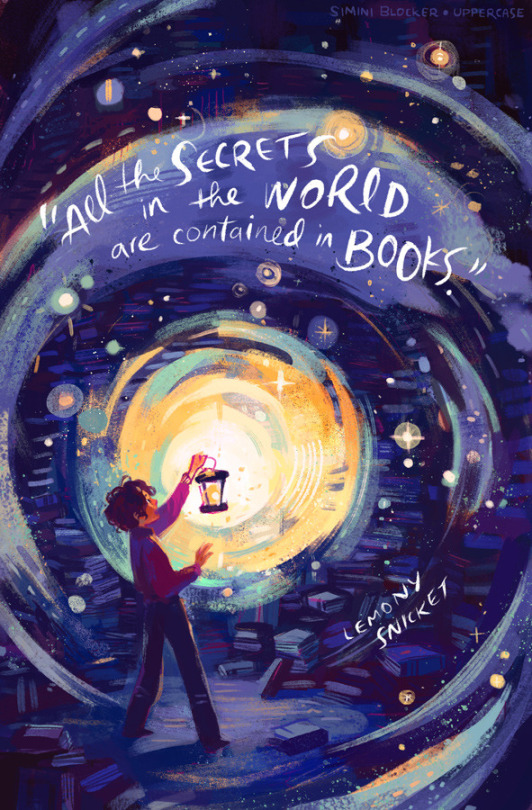
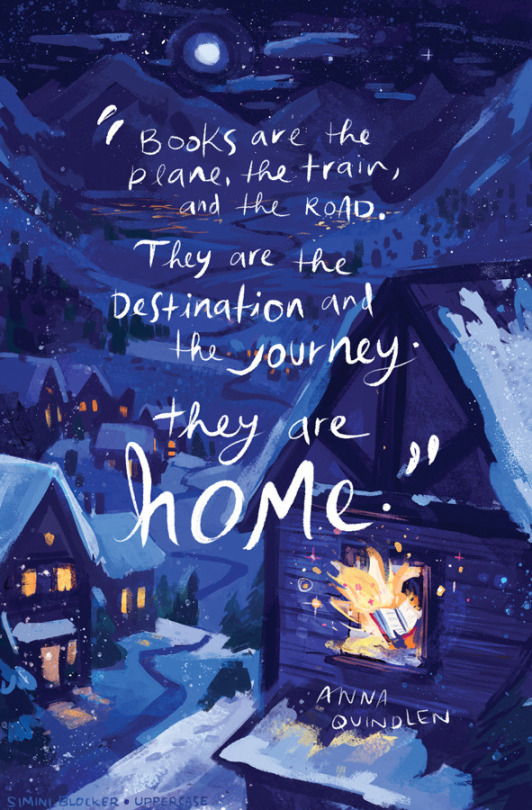







Enchanting Bookworm Inspired Digital Illustrations by Simini Blocker
NYC based illustrator Simini Blocker understands the enchanting world bookworms revel in. From Hogwarts to Neverland or King’s Landing, Blocker captures the spellbinding imaginative realms literature has introduced to us with vibrant colours, gorgeous brushstrokes and fitting quotes from our favourite authors. You can find her gorgeous illustrations on Society6 and Etsy.
View similar posts here!
Keep reading





20 of the Most Spectacular Drone Photographs of 2017

Half Ground Plan and Half Elevation of a Catafalque, surmounted by a royal Crown by Giuseppe Galli Bibiena, Drawings and Prints
Medium: Pen and brown ink, brush and grey and yellowish washes on statue
Purchase, Bequest of Joseph H. Durkee, by exchange, 1972 Metropolitan Museum of Art, New York, NY
http://www.metmuseum.org/art/collection/search/344376

Kyz Kala, a 7th-century CE fortress outside of the city of Merv (in modern day Turkmenistan). Although now off the beaten path, Merv was a central trade city along the Silk Roads because it was near a key oasis in the dry central Asian environment. By the twelfth century, it was one of the largest cities in the world, containing perhaps 200,000 people. When the Mongols arrived in the 1220s, they supposedly slaughtered almost the entire population of the city, and Merv never regained its prominence.
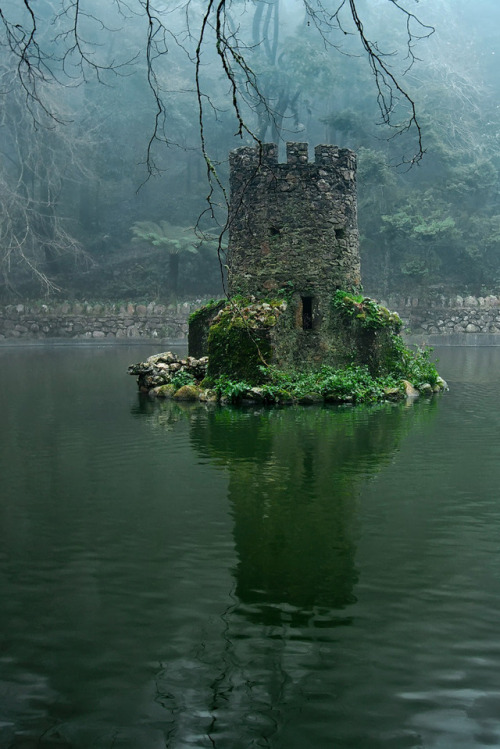
Swamp Castle, Pena National Palace, Sintra, Portugal
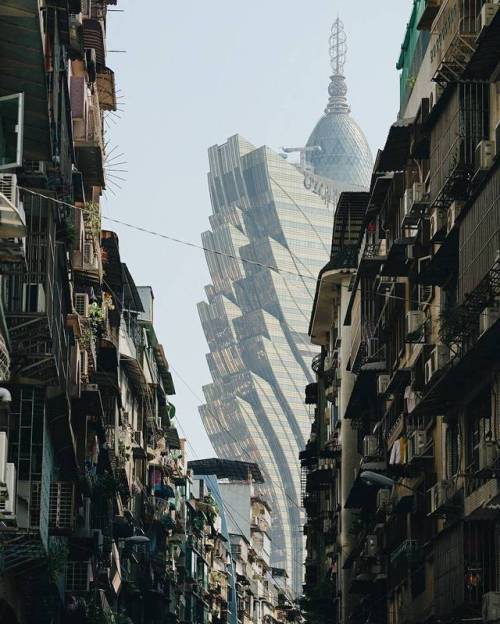

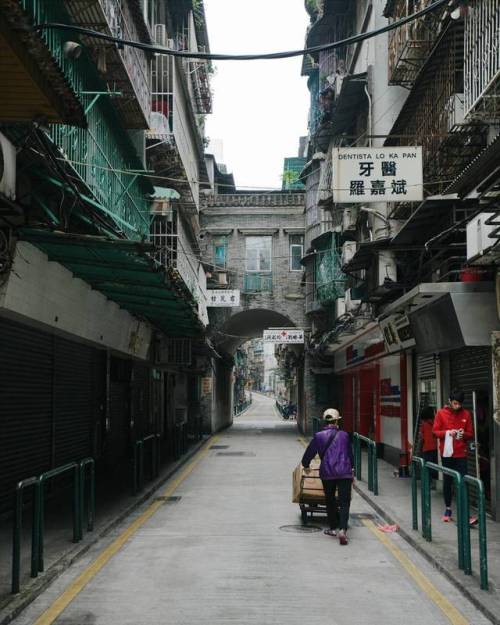

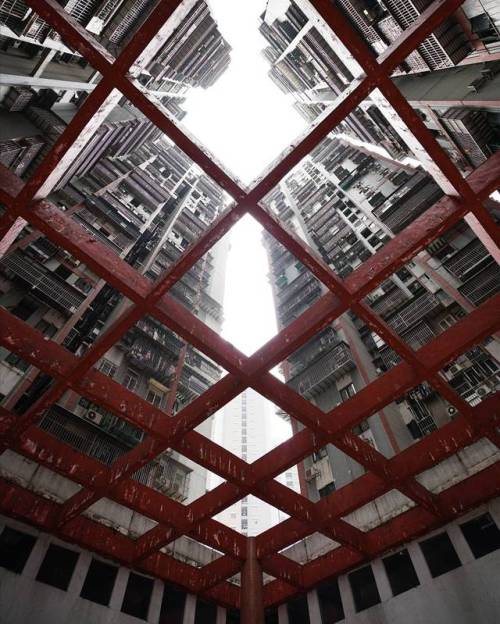




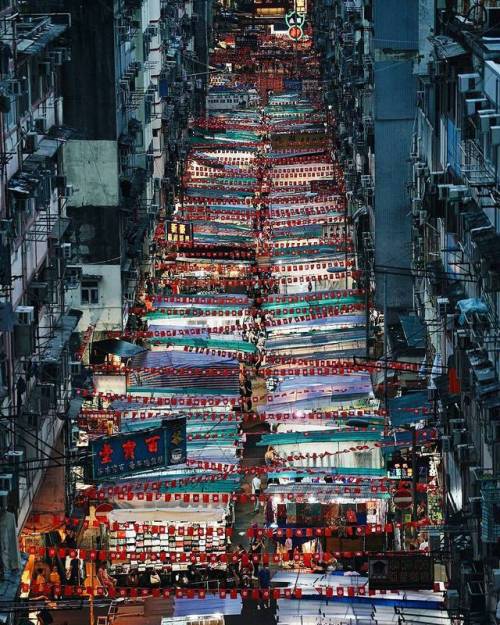
The Memories Of The Future: Photographer Nuno Assis Captures Fantastic Photos Of Hong Kong
Portuguese Nuno Assis’s photos show that there’s more to Hong Kong than the Big Buddha and the skyline. His photos reflect the architect’s eye for symmetry and composition. We totally dig his love for reflection, especially the puddle series.
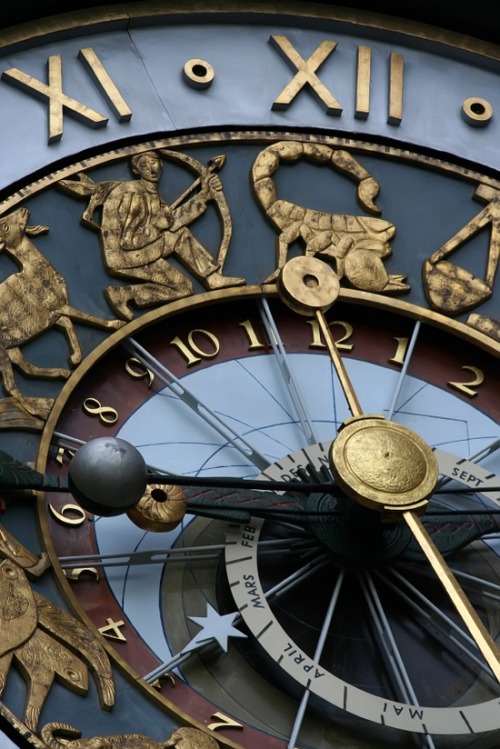
beautiful clock face share moments






CCA’s MArch Studio 1 from this past fall. Architectural Totems by Jessica Grinaker, Tom Krulevitch, Vishnu Balunsat, Zein El Abidin Basma, Junyu Xu, and Duy Nguyen. 📷: @matsysdesign nexttoparchitects.com only for #next_top_architects snapchat #nextarch










The Art of Helena Georgiou
Helena Georgiou, a Cypriot photographer known for her collection of ordinary people has a large collection of minimal photography.
“My photos come from my deep passion for creativity and details,” says Helena. “Through them, I express my feelings and also attempt to bring my experiences from my trips, thoughts. My greatest influences, however, are poetry and literature. I believe the most important quality of a photograph, as in all of art, is its ability to evoke an emotional response.”